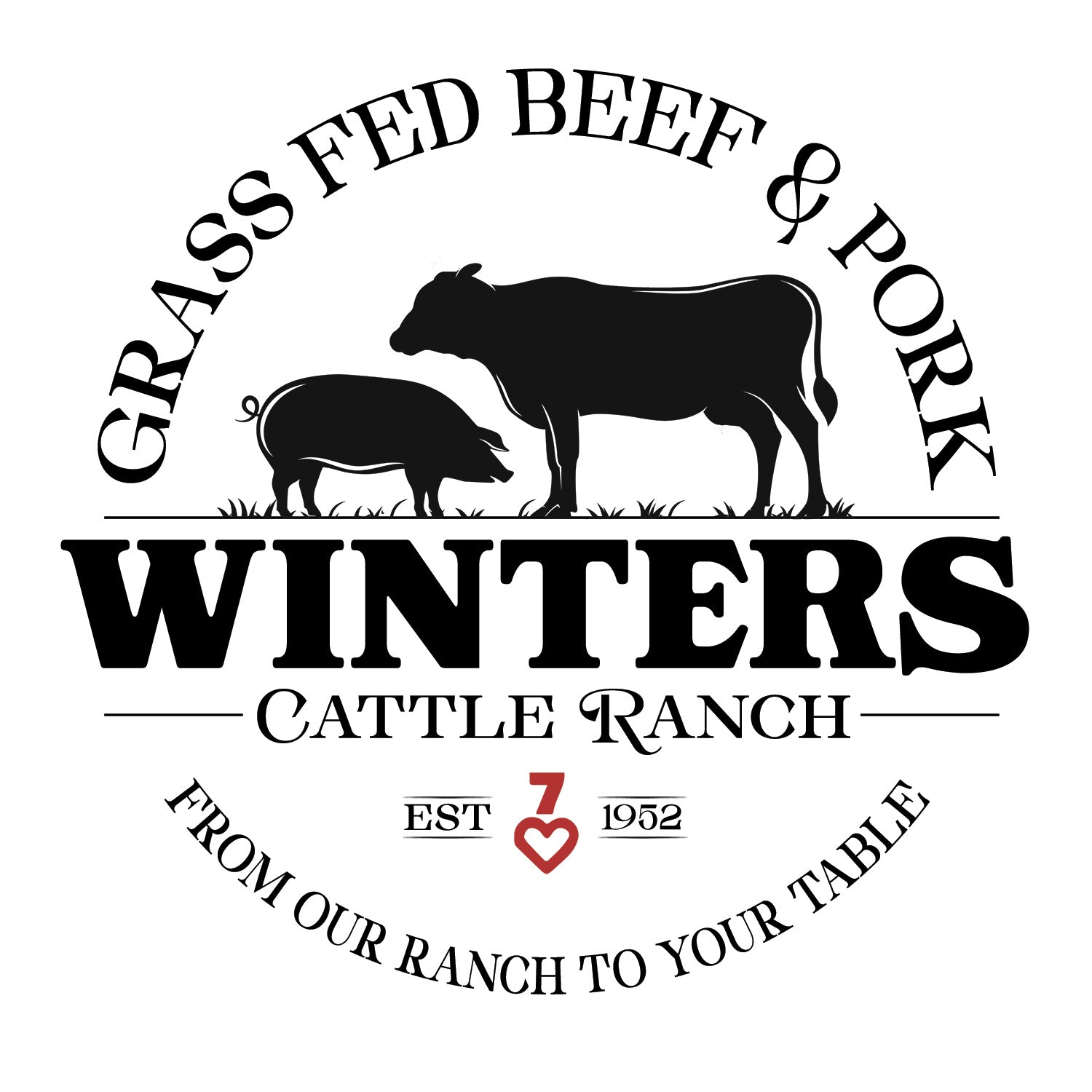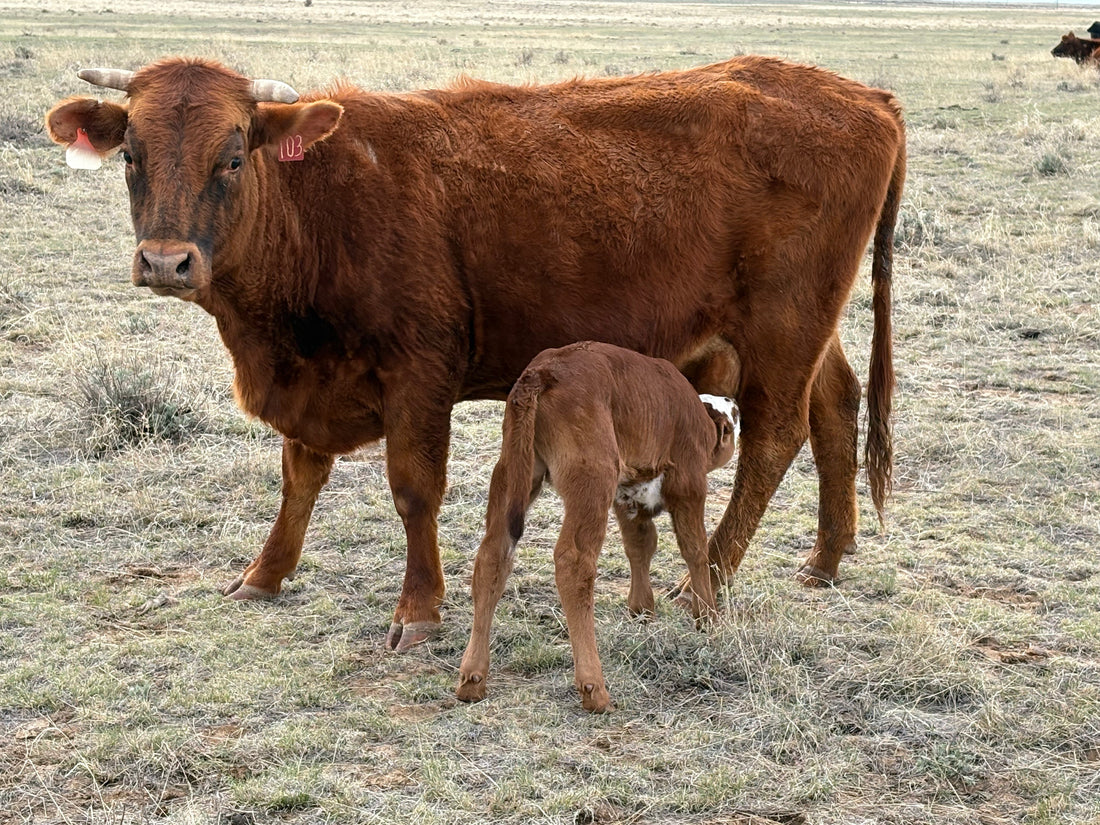Grass-fed beef has gained significant attention among health-conscious consumers in Colorado, United States. Cities such as Denver, Boulder, and Fort Collins have witnessed rising demand for meat sourced from cattle raised on natural pastures. Advocates suggest that grass-fed beef not only offers superior nutritional benefits, including higher levels of omega-3 fatty acids and antioxidants, but also supports heart health, immune function, and overall wellness.
This article explores whether grass-fed beef truly lives up to its health claims, comparing it to grain-fed beef in terms of nutrition, environmental impact, and culinary quality. By the end, you’ll have a clear understanding of why grass-fed beef is increasingly favored by discerning consumers across Colorado.
Learning the Difference Between Grass-Fed vs. Grain-Fed Beef
What is Grass-Fed Beef?
Grass-fed beef comes from cattle that eat only grass and forage throughout their lives, without being finished on grain. This natural diet leads to leaner meat and distinct nutritional advantages.
-
Lean Fat Content: Typically lower total fat and calories compared to grain-fed beef.
-
Omega-3 Fatty Acids: Essential fats that support heart and brain health.
-
Conjugated Linoleic Acid (CLA): Fat with potential anti-inflammatory and immune-boosting benefits.
-
Natural Rearing Practices: Usually raised without routine antibiotics or added hormones.
Grain-Fed Beef: Key Differences
Grain-fed beef, commonly available in Colorado supermarkets, is raised on grains such as corn and soy during the finishing phase. While this results in marbled, tender cuts, it also alters the meat’s nutritional composition.
-
Higher Total Fat: Including saturated fat, which can impact cholesterol levels.
-
Lower Omega-3 and CLA: Less beneficial fat content compared to grass-fed beef.
-
Conventional Farming Practices: Often include antibiotics or growth hormones.
Nutritional Comparison of Grass-Fed vs. Grain-Fed Beef
Understanding the nutrient differences can help you choose the best option for your diet.
|
Nutrient |
Grass-Fed Beef |
Grain-Fed Beef |
|
Omega-3 Fatty Acids |
High |
Low |
|
CLA (Conjugated Linoleic Acid) |
High |
Moderate |
|
Antioxidants (Vitamin E, Beta-Carotene) |
High |
Lower |
|
Total Fat |
Lower |
Higher |
|
Calories |
Lower |
Higher |
This chart demonstrates the superior nutritional profile of grass-fed beef, particularly in omega-3s, CLA, and antioxidants, which contribute to long-term health benefits.
Health Benefits of Grass-Fed Beef
Cardiovascular Health
Grass-fed beef supports cardiovascular wellness due to its favorable omega-3 to omega-6 fatty acid ratio. Regular consumption can help reduce inflammation, improve cholesterol levels, and support overall heart function. Residents in cities like Denver and Boulder often choose grass-fed beef to maintain a heart-healthy diet.
Anti-Inflammatory Properties
The CLA and omega-3s in grass-fed beef possess natural anti-inflammatory effects, potentially benefiting individuals with arthritis or chronic inflammatory conditions. Including grass-fed beef in your diet may help reduce systemic inflammation over time.
Enhanced Immune Function
Grass-fed beef contains higher levels of antioxidants such as vitamin E and beta-carotene. These nutrients help neutralize free radicals, reduce oxidative stress, and strengthen the immune system, which is essential for overall wellness.
Lean Protein Source
Grass-fed beef is a high-quality source of lean protein, vital for muscle growth, repair, and maintenance. Its lower fat content makes it ideal for those aiming to manage calorie intake without sacrificing protein quality.
Environmental and Ethical Considerations
Sustainable Farming Practices
Grass-fed beef production typically requires fewer energy-intensive inputs and can help maintain soil health and biodiversity. Pasture-based systems often contribute to sustainable agriculture, making grass-fed beef a more environmentally conscious choice.
Animal Welfare
Cattle raised on pasture enjoy more space and the ability to engage in natural behaviors, providing a higher standard of animal welfare compared to feedlot systems.
Reduced Antibiotic Use
Pasture-raised, grass-fed cattle have a lower need for antibiotics, reducing the risk of antibiotic resistance and promoting healthier ecosystems.
Practical Considerations When Choosing Grass-Fed Beef
-
Cost: Grass-fed beef is often priced higher due to more extensive farming practices.
-
Availability: While becoming more common, grass-fed beef may be limited in certain regions.
-
Flavor Profile: Grass-fed beef can have a more robust, slightly gamier taste, which some consumers prefer and others may need to adjust to.
Grass-fed beef offers numerous health advantages, including higher omega-3 fatty acids, CLA, antioxidants, and lean protein content. For residents of Colorado, including cities like Denver, Boulder, and Fort Collins, grass-fed beef provides a nutritious and ethically sourced alternative to conventional grain-fed beef.
While cost and availability may be considerations, the benefits for heart health, immunity, and lean muscle maintenance make grass-fed beef a valuable choice. Suppliers like Winters Ranch Meats Inc., serving Colorado, United States, ensure that consumers can enjoy fresh, high-quality cuts with ease and confidence.
Our Fresh Quality Meat Delivered Fast
For those seeking premium, high-quality grass-fed beef, Winters Ranch Meats Inc. provides exceptional products and service. Winters Ranch Meats Inc., serving Colorado, United States, ensures that every cut is carefully sourced and delivered with quality and freshness in mind. Customers can enjoy beef raised with natural, sustainable practices, offering superior flavor and nutrition. Whether you are preparing a family meal or stocking your freezer, Winters Ranch Meats Inc. makes it easy to access the best cuts for every occasion.

